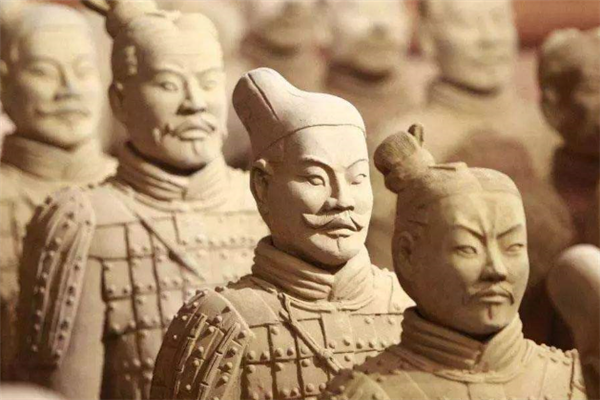
# Who Used Terracotta First?
Terracotta, a timeless testament to human creativity, has graced civilizations for millennia. This fired clay, with its earthy hues and malleable nature, has served both utilitarian and artistic purposes across the globe. But who were the pioneers, the first to harness the potential of this humble material?
## A Global Legacy: Terracotta Across Cultures
The beauty of terracotta lies in its universality. It's not confined to a single epoch or region. Let's journey across time and continents to explore its ancient roots:
-
China (from 10,000 BCE): The Chinese have a profound and ancient relationship with terracotta. Evidence suggests its use dates back to the Neolithic period, with early examples including rudimentary vessels and figurines. This mastery of terracotta would later culminate in the awe-inspiring Terracotta Army of Emperor Qin Shi Huang, a testament to the sophisticated techniques developed over centuries.
-
Greece (from 7,000 BCE): In the cradle of Western civilization, terracotta flourished. The Greeks, renowned for their artistic finesse, embraced terracotta for crafting exquisite pottery, sculptures, and architectural ornaments. From the iconic black-figure and red-figure pottery styles to intricately detailed figurines, Greek terracotta stands as a testament to their artistic brilliance.
-
Mesopotamia and Egypt: In the fertile valleys of the Tigris and Euphrates, the Mesopotamian civilizations, including the Sumerians, Babylonians, and Assyrians, crafted intricate terracotta reliefs, figurines, and even cuneiform tablets. Similarly, the ancient Egyptians, masters of preservation, incorporated terracotta into their funerary practices, crafting ushabti figurines meant to serve the deceased in the afterlife.
## Pinpointing the "First": A Murky Timeline
While we can trace the origins of terracotta use across these cultures, pinpointing the absolute "first" is nearly impossible. The very nature of archaeological discovery means that our understanding of the past is constantly evolving. New findings have the potential to push timelines back even further.
## A Legacy Carved in Clay
What remains clear is that terracotta holds a universal appeal. Its accessibility, durability, and versatility have made it a beloved medium for artistic expression and practical application throughout human history. Whether it be the majestic Terracotta Army of China or the delicate figurines of ancient Greece, terracotta stands as a testament to human ingenuity and our enduring fascination with transforming the earth into enduring works of art.
## FAQs
1. What is terracotta primarily made of?
Terracotta is primarily made from clay, specifically a porous clay that is fired at relatively low temperatures.
2. Why did ancient cultures choose terracotta?
Ancient cultures were drawn to terracotta for its abundance, ease of use, and durability. It was a readily available material that could be molded into various forms and, once fired, could withstand the test of time.
3. What is the most famous example of terracotta art?
While there are countless examples of terracotta art worldwide, the Terracotta Army of Emperor Qin Shi Huang in China is arguably the most famous and awe-inspiring example of its scale and artistry.